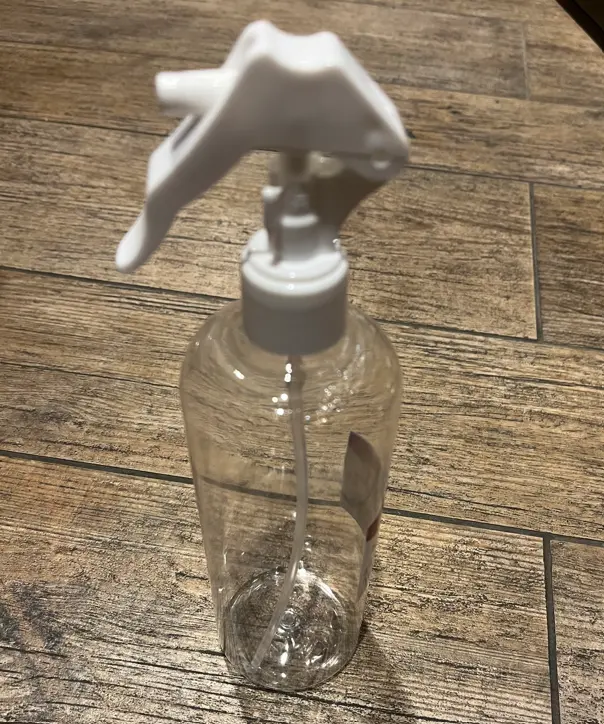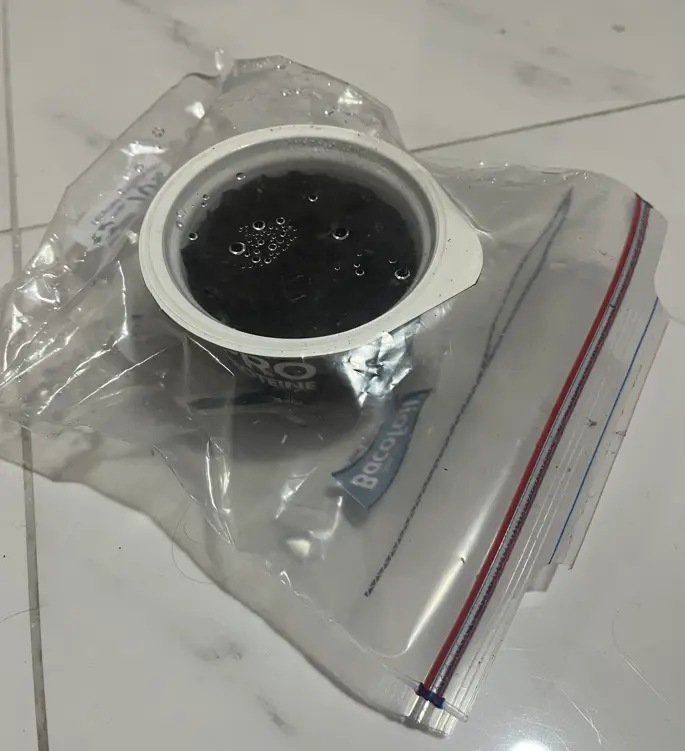Successfully grow succulents and cacti from seeds

Growing cacti and succulents from seed is a great challenge, but not always an easy task. Typically when you grow plants from seed, it is usually enough to gently put the seed in moist soil and wait for the magic to happen. This could also be true for cacti and succulents. But usually, it is much more difficult with lots of dangers and threats that potentially could ruin the whole batch of seedlings. However, there are several steps to follow below to vastly increase the success rate for germination, and the challenging first year before maturing into a more resilient plant.
Check out this guide below and increase your chances to successfully growing cacti and succulents from seeds:
- Best container to use
- What soil to use
- Best light
- How to sterilize the soil, seeds and the container
- Watch out for pests
Cacti are often more difficult than succulents to grow from seeds
Cacti are infamous for being very difficult to grow from seeds with uncountable pitfalls. Although, many succulents are a lot more forgiving and don’t require as much care. Succulents are often a lot stronger and more resilient straight after germination and develop into a robust plant fairly quickly. This is of course a generalization, and it varies between species.
Suitable seed starter soil for cacti and succulents
Most seed-starting soils are usually fine. As long as the medium mix is porous so newly germinated plants can easily establish roots. A mix of perlite and/or vermiculite can also be included, to balance the humidity in a sealed container. But there are numerous other suitable mediums as well, such as fine compost peat moss, coarse sand, coco coir etc.
This was the easy part, and here comes the complex challenges below:
Microwave the soil to sterilize it
Yes, that is correct, you must microwave the soil for 5-10 minutes before planting the cacti seeds. The reason is, that cacti seedlings are extremely sensitive to literally everything under the sun and require near-perfect conditions for a high germination- and survival rate. We effectively sterilize the soil by microwaving it, and all the bacteria, mold, pests, potential diseases etc will be exterminated. And suddenly, the conditions and chances of survival of a tiny little cacti seedling, not larger than a needle head, have increased enormously.
But there is more…

Sterilize everything - the seeds, a container, the soil and a plastic bag
In order to ensure a high germination rate we must sterilize all the equipment with some diluted peroxide (use a week diluted peroxide).
- Simply, fill up a spray bottle with diluted peroxide and spray the seeds
- Spray inside of a transparent reusable freezer bag
- Spray the container you want to grow in
- Also spray the top layer of the soil with the seeds sprinkled on top to ensure a sterilized environment
Seal the plastic bag with the container inside – and wait for germination
When everything mentioned above is sterilized, you place the pot inside a reusable plastic bag and seal it. Before you seal it, give it a good spray with peroxide just to make sure it is sterile, and close it. Locate the bag in a warm windowsill and wait for germination, which usually takes a couple of weeks or more. The best season to grow succulents is the spring, when they are in rhythm with the seasonal shifts from the very beginning. Hopefully, the germination rate is very high and you will see as many seedlings as seeds that were planted.
Poke tiny holes in the plastic bag after a couple of months
After germination, let the seedlings grow for a month or two without opening the bag. But eventually poke a few tiny holes in the bag, to allow the humidity slowly to normalize to the outside world. If you remove the container from the bag in one step, the seedlings may get a shock and die from the huge shift in humidity.

Temperature for propagating seeds
Above 70 °F (21 °C) is usually fine for most seeds to trigger germination. Colder temperatures may reduce the germination rate, or prevent germination altogether. Some seeds need a cold treatment for several months, followed by warmer temperatures to trigger germination. In the wild, the plant produces seeds during the summer or fall, falls into dormancy during the winter, and finally germinates when the warm spring or summer finally arrives. Here is a deeper guide about temperature when growing cacti and succulents.
Light for propagating seeds
Almost all cacti seeds are sprinkled on top of the soil and require very strong light to germinate, and must be placed on a windowsill with many hours of sunlight. Compared to many other plant seeds are buried slightly below the surface of the soil, and therefore don´t require much light, until after germination.
The first year of a cactus and succulent is the most difficult
Once the container is removed from the plastic bag and the seedlings have gotten accustomed to the new climate, the hardest part is behind you. Although, the very tiny seedlings are still at risk and very sensitive during the first year. They have not yet developed a strong immune system and does not respond well to diseases, overwatering, fungus gnat larvae or other pests or problems. A fully grown plant is very resilient to mentioned threats, except overwatering. Here you can read more about the best practices of watering a cactus and succulent.
But following these steps above, you will up your chances dramatically and are set up for successful growing! In the wild, the germination rate of cacti is extremely low. But there are always a few seedlings that make it, often in a protected crack in a rock or next to the mother plant.

Watch out for fungus gnats
The worst enemy for cacti seedlings is fungus gnats. Which, if given the chance, will lay lots of eggs in the top layer of the moist soil. Before you know it, you have an invasion of tiny white larvae all over the soil, that sadly loves to feast on the very fragile roots of seedlings. Larger plants are at no risk, but cactus seedlings with only one delicate root are doomed. You are likely to lose every single cactus seedling unless you discover the emergency and transfer them to a different container. Therefore, it is a good idea to have a protective cover over the container for some time, until they develop into more mature plants.
Typically fungus gnats are fairly easy to deal with if you just let the soil dry out completely, which is an inhospitable environment for the little larvae.
Grow plants from seed and get an unique DNA
You will get unique plants with unique DNA, unlike cutting and offsets which have the same DNA as the mother plant. Propagation from seeds can either be rather easy or extremely complex. Especially when growing cacti, which is the highest level of difficulty with numerous pitfalls and a very low success rate.
Growing from seeds – a very rewarding activity
Or growing succulents and cacti from seed will become the most interesting activity you will ever encounter. Lots of cactus enthusiasts, including myself, become completely absorbed in the process of growing strange plants from seed. It is incredibly interesting and rewarding to follow from day to day.
It is extremely fascinating to follow a plant’s lifecycle, especially the more difficult ones. The satisfaction of succeeding with a more advanced plant is amazing, especially if you live outside its natural hardiness zone.
